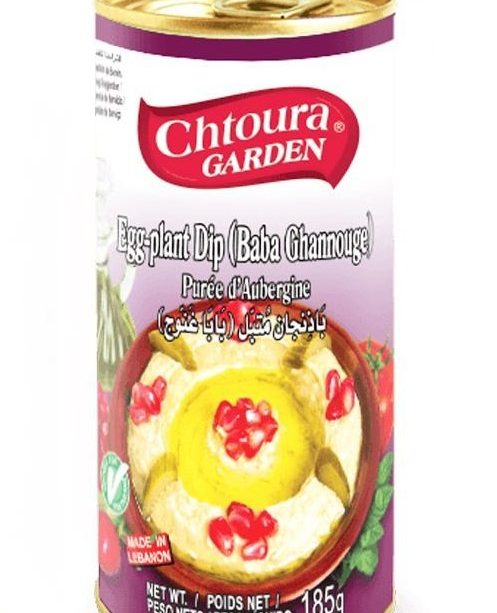The Rising Popularity of Dips in Modern Cuisine

Introduction
Dips have become an essential component of culinary experiences, particularly in social gatherings and parties. As dining habits evolve, the significance of dips has risen, catering to a diverse range of tastes and dietary preferences. From guacamole and hummus to salsa and tzatziki, dips not only enhance the flavors of various dishes but also provide an opportunity for creativity and personalization in cooking.
Current Trends in Dips
According to a recent report by the Food Marketing Institute, the dip market in Canada is projected to grow steadily, with health-conscious options gaining traction. Consumers are actively seeking dips that are not only flavorful but also packed with nutrients. For instance, hummus, made primarily from chickpeas, has surged in popularity due to its high protein content and versatility. Similarly, avocado-based dips have seen a revival, particularly among millennials who prioritize healthy fats in their diets.
In addition to traditional options, there has been an influx of innovative dips emerging in restaurants and grocery stores alike. Flavors such as spicy chipotle, roasted red pepper, and beetroot hummus have begun to dominate menus, reflecting a cultural fusion in culinary practices. This showcases the growing inclination towards experimentation and adventurous eating, allowing consumers to enjoy dips that not only please the palate but also look appealing on social media platforms like Instagram.
Cultural Significance
Dips often serve as a communal dish, encouraging sharing and interaction among friends and family. They play a vital role in social settings, whether at barbecues, gatherings, or watching sports events. Their ease of preparation also adds to their appeal, offering simple recipes that even novice chefs can master. The element of interactivity – allowing guests to mix and match vegetables, crackers, and spreads – makes them a popular choice for hosts looking to create a relaxing and engaging atmosphere.
Conclusion
The growing prominence of dips in culinary culture reflects broader trends in food consumption and sociability. As people become more adventurous in their culinary choices, dips are expected to evolve further, incorporating flavors from global cuisines and responding to dietary trends such as plant-based eating. For food enthusiasts, the rise of dips signifies not just an addition to the table, but a movement towards more engaging and versatile eating experiences. As we move forward, we can anticipate continued innovation in the dip category, enhancing both home cooking and dining out.









